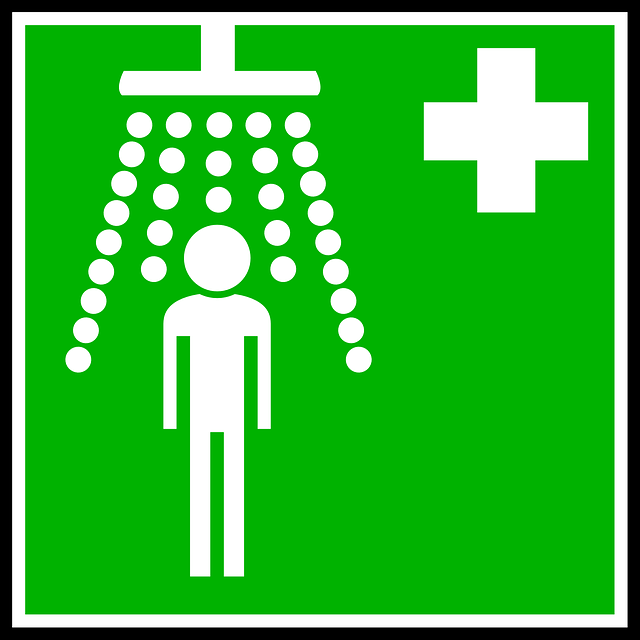Before replacing an old shower head, assess your current setup (thread type, size, calcium deposits/rust), gather essential tools, understand your model's features, clean stubborn or rusted heads, and identify pipe dimensions for a smooth replacement process (How to Replace a Shower Head).
Tired of dealing with a stubborn, old shower head? Learn how to replace it safely without damaging your pipes. This comprehensive guide walks you through every step, from assessing the situation and gathering the right tools to a secure installation of your new shower head. By following these simple instructions, you’ll have a fresh, functional fixture in no time, ensuring a stress-free DIY experience.
- Assess the Situation and Gather Tools
- – Identifying the type of shower head
- – Understanding your pipes and fittings
Assess the Situation and Gather Tools

Before tackling any DIY project, it’s crucial to assess the situation and gather the right tools. When it comes to replacing an old, stubborn shower head, start by examining your current setup. Note the type of thread (male or female) and the size, as this will determine the replacement you need. Also, check if any calcium deposits or rust have built up around the base, which could make unscrewing more challenging.
Once you understand the layout, head to your local hardware store to pick up a few essentials. You’ll likely need an adjustable wrench or pliers for gripping and turning, as well as a new shower head that matches your old one in thread type and size. Consider a set of pipe cleaners or wire brushes to help dislodge any built-up grime if the shower head is particularly stubborn. Having these tools ready will make the replacement process smoother and reduce the risk of damaging your pipes during removal.
– Identifying the type of shower head

Before tackling any DIY project, especially one involving plumbing, it’s crucial to understand your tools and their intended uses. The first step in how to replace a shower head is identifying its type. Shower heads come in various designs and attachments, from simple screw-on models to more complex ones with multiple settings and adjustable streams.
If your shower head is removable and screws in easily, the process will be straightforward. However, if it’s an older model stuck firmly in place, you might need specialized tools or a different approach. Some shower heads are also coated with rust or calcium deposits, which can make them stubborn. In such cases, using the right cleaning agents before attempting to remove them is essential to avoid damage during the replacement process.
– Understanding your pipes and fittings

Understanding your pipes and fittings is crucial when replacing a stubborn old shower head to avoid damaging your home’s plumbing. Most shower heads are connected to your water supply through a series of pipes, including the shower arm, which holds the head in place. The connections between these components often involve threaded or quick-connect fittings. Before you begin, identify the type of fitting your shower head uses—a common thread size is 1/2 inch, but this can vary. Knowing this will help you select the right replacement parts and tools, such as a wrench or pliers suitable for gripping and unscrewing these fittings securely.
When removing the old shower head, apply gentle yet firm pressure to unscrew it counterclockwise using the appropriate tool. Be mindful not to overtighten, as doing so can strip threads or damage pipes. If the head is particularly stubborn, try heating the area with hot water or a hairdryer to expand metal parts and facilitate removal. Remember, if you encounter any signs of corrosion or significant wear, it might be wise to consult a plumber to ensure safe disassembly without causing leaks or structural damage to your plumbing system.
When all attempts to loosen the stubborn old shower head have failed, it might be time to consider replacing it. By carefully assessing the situation and understanding your pipes, you can confidently navigate the process of how to replace a shower head without causing any damage. Remember, proper tools and a deep understanding of your fixtures are key to a successful DIY project.
